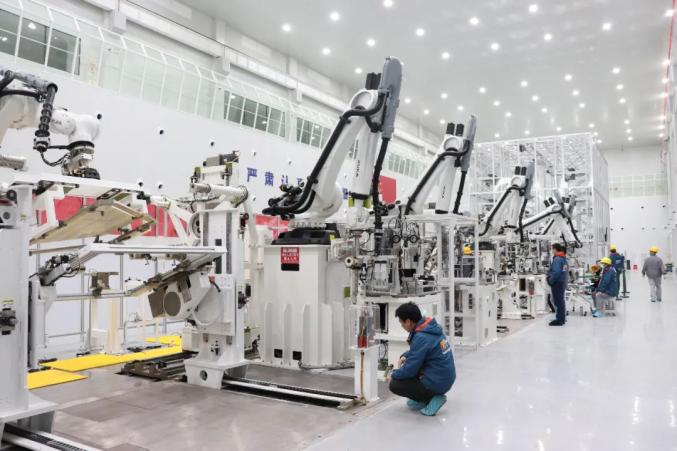In a confronting move, the China Aerospace Science and Industry Corp is set to launch the first of its 300 very low orbit satellites next month, marking a significant step in its pursuit to establish a rival constellation to Elon Musk’s Starlink network.
The planned constellation will ultimately comprise 300 communications and remote-sensing satellites. The ambitious timeline set by the Chinese company aims to have 192 satellites in orbit by 2027 and the full fleet of 300 by 2030, posing a direct challenge to the dominance of SpaceX in the satellite communications arena.
What sets China’s satellite constellation apart is its focus on Very Low Earth Orbit (VLEO), with altitudes ranging from 300 to 450 kilometers. While these orbits pose a greater risk of disruption due to Earth’s gravitational pull, research suggests that VLEO satellites offer advantages in terms of cost, size, and connectivity.
Compared to Elon Musk’s Starlink, which operates at an altitude of about 550 kilometers, the Chinese satellites are smaller and cheaper to manufacture. Additionally, their lower orbit reduces the likelihood of collisions with space debris, addressing a growing concern in the satellite industry.
The upcoming launch signals another milestone for China’s rapidly advancing space program, which recently achieved milestones such as launching a crewed space station, announcing plans for a lunar base, and successfully deploying a methane-fueled rocket into orbit, outpacing competitors like SpaceX and Blue Origin.
However, this latest development raises concerns among U.S. defense experts, as China continues to strengthen its foothold in space technology. With more than 700 satellites in orbit, a doubling since 2019, China strategically allocates about a third of these for intelligence, reconnaissance, and surveillance purposes, according to Gen. Chance Saltzman, Chief of Space Operations.
Yet, despite these achievements, China remains behind Elon Musk’s Starlink constellation, which boasts over 5,000 satellites and plans to escalate its launch schedule in the coming year. Musk’s ambitious vision extends to creating a constellation of 42,000 satellites, further solidifying SpaceX’s dominance in the satellite communication sector.
As the race for space-based connectivity intensifies, the launch of China’s VLEO satellite constellation signifies a new chapter in the competition for global satellite dominance. With both China and SpaceX pushing the boundaries of satellite technology, the coming years are sure to witness groundbreaking developments that will shape the future of space-based communication.
(Source: Bruce Einhorn | Bloomberg | Japan Times | Polly Thompson | Business Insider)









